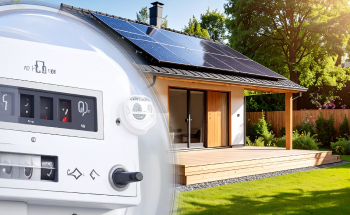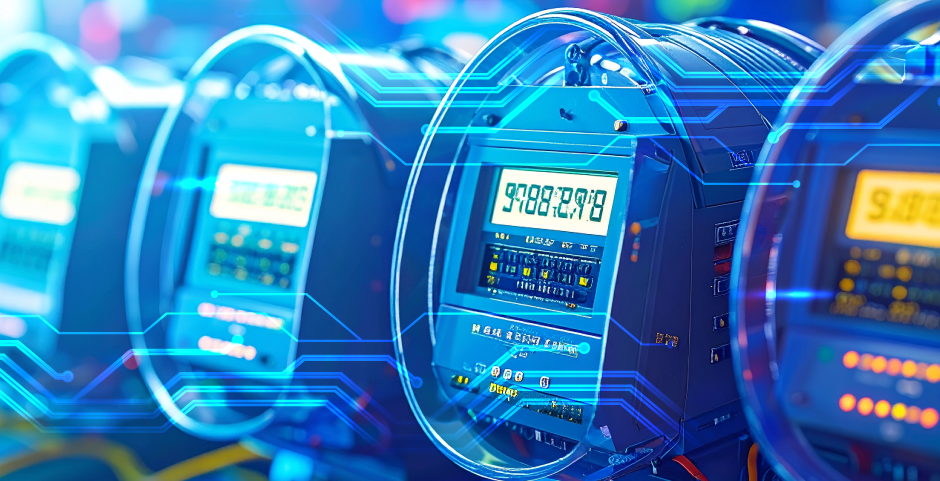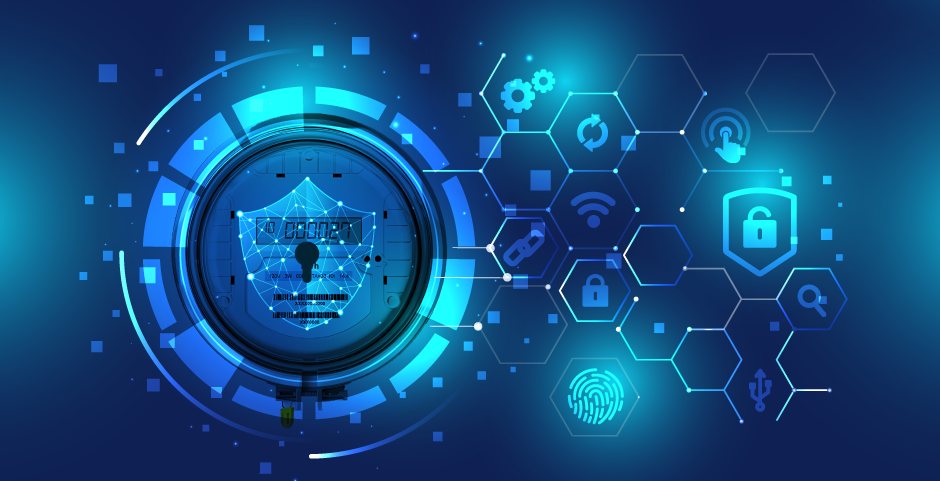DLMS for Renewable Energy & Net Metering: Empowering the Prosumers
Shwetha Bhat July 25, 2025

Shwetha Bhat July 25, 2025

The world energy scene is being revolutionized by the fast-paced increase of decentralized renewable energy sources like rooftop solar, wind microturbines, and energy storage in batteries. batteries. The driving force behind this revolution is the "prosumer" — a prosumer is a consumer who also generates their own electricity, often through renewable sources like solar panels, and may also store or sell excess energy back to the grid. To facilitate this two-way flow of energy and provide reliable metering, billing, and data transfer, there must be a strong communication and data model standard. This is where DLMS/COSEM (Device Language Message Specification / Companion Specification for Energy Metering) comes in.
With solar panels' growing affordability and incentives from governments, residential and commercial consumers are increasingly installing rooftop solar panels. In net metering agreements, prosumers can sell excess energy to the grid and get credits against their usage. This mutual transaction requires honest energy accounting—both for import (usage) and export (production).
Smart meters with DLMS capability provide the scalability and flexibility to deal with such dynamic energy flows.
DLMS/COSEM is an international standard (IEC 62056 series) for utility metering and exchange of energy data. It specifies a data model structure (COSEM objects) for different metering functions. It also specifies the communication protocol for secure, interoperable, and scalable data transfer. DLMS finds extensive usage all over the world, particularly in advanced metering infrastructure (AMI) implementations.
In order for a prosumer-oriented grid to operate efficiently, utilities need to enable end-consumers to have real-time views of their energy consumption, generation, and net consumption/generation. DLMS-enabled meters, when integrated with user portals and mobile applications, provide:
- Daily/Hourly net consumption/generation dashboards
- Historical trends-based forecasting tools
- Over-generation or under-utilization alerting
These features not only increase customer engagement but also promote energy-efficient behavior.
As grids evolve to become smarter, more decentralized, and driven by hyperlocal DERMS (Distributed Energy Resource Management Systems), DLMS continues to adapt—introducing new extensions that support integration with IoT platforms, energy storage systems, EV charging infrastructure, and microgrid orchestration.
DLMS may be the backbone for:
- Peer-to-peer energy trading among prosumers or between a prosumer and a consumer
- on-grid services such as demand response and frequency regulation from home batteries
- Carbon accounting and renewable energy credits
DLMS/COSEM is more than a protocol — it is the foundational facilitator of the intelligent, prosumer-led energy transition. Through enabling accurate, secure, and interoperable exchange of energy data, DLMS emboldens consumers and utilities to adopt renewable energy, maximize grid efficiency, and create a cleaner, more sustainable energy future.
For detailed insights into DLMS

July 25, 2025
Smart metering has evolved significantly over the last two decades as it became a building block of modern energy management solutions. At the core of the evolution is the DLMS/COSEM…
Know More
July 25, 2025
As the energy sector undergoes rapid digital transformation, smart metering has emerged as a foundational technology in modern utility networks. By enabling real-time monitoring, automated billing, and remote disconnection, smart…
Know MoreJuly 4, 2025
Most US utilities and regulators are already mandating or in the process of mandating that all DERs that are deployed in their territory be certified to UL 1741 Supplement B…
Know More